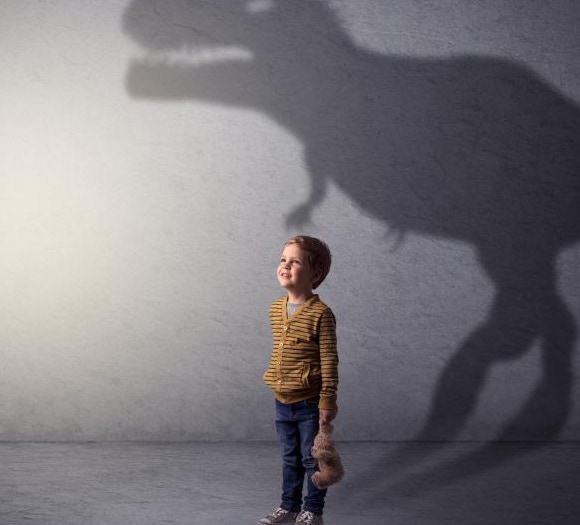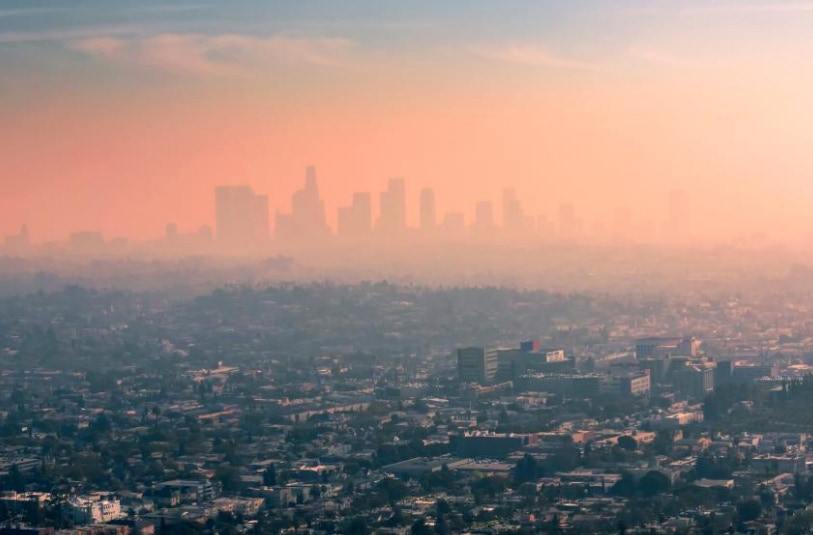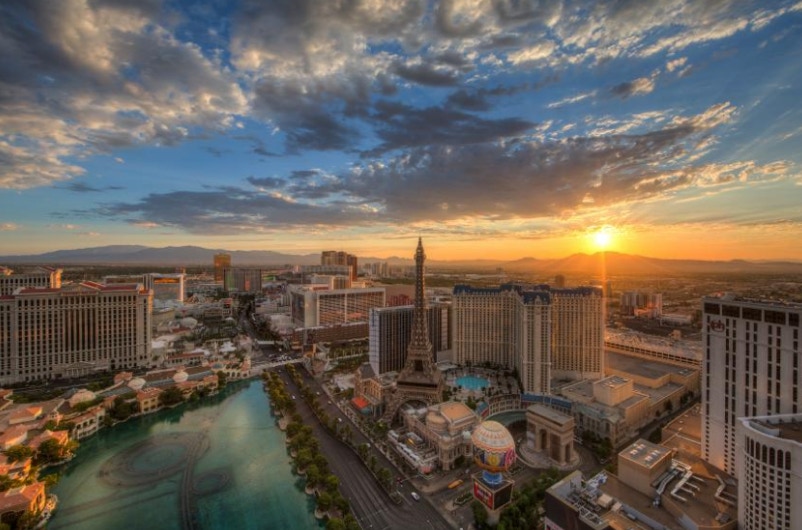





How to Save Humanity from Extinction
By: Paul M. Sutter
Here are some goals we need to achieve if we want to reach our 500,000th birthday as a species.
ra2studio
Modern humans have only existed for a relatively brief amount of time, and presumably we’d like to stick around a lot longer. But how can we do that?
1. Figure out climate change:
The Earth’s climate has changed and shifted for millions of years. There have been times in the past when it’s been hotter than it is today, and times when it’s been cooler. But there is something different about the past century. As far as we can tell from the geologic record, there has been no time in Earth’s entire history when the climate has warmed so much in such a short amount of time. And we can see the effects of climate change everywhere: more frequent and more severe extreme weather events like tornados and hurricanes; droughts increasing; more varied weather, with seasons beginning to lack regularity; increased glacial melting and sea level rises. While climate change doesn’t necessarily pose an existential threat to human existence, it surely poses a threat to how we like to live our lives in modern society.
2. Figure out nukes:
Again, a single nuclear weapon doesn’t pose a threat to all of humanity, but the thousands of warheads in the world right now certainly do. But as time goes on, the chances of one nuclear detonation increases. Just consider all the “near misses” in recent history, where all-out nuclear war was averted thanks only to the quick thinking and cool headedness of solitary individuals. We can only try our luck for so long. And one accident or mishap can lead to larger scale nuclear conflict (in the aftermath of a single explosion, it’s difficult to tell if it was a rogue actor or an act of war). We need to disarm as much as possible to reduce the risk of catastrophe.
3. Figure out asteroids:
If you want to know the dire consequences for ignoring space-borne threats, just ask the dinosaurs how well it worked out for them. Asteroids and comets have the ability to trigger massive extinction events, wiping out vast numbers of entire species. While these kinds of events are thankfully incredibly rare, the risk they present are dire. For humanity to make it to the long-term, we need to equip ourselves with robust asteroid detection and mitigation strategies (NASA’s recent DART mission is a great place to start).
Digital Twin Cities Can Shrink the Impact of Planet’s Largest Polluters
By: Lucy Sherriff
Cities are the planet’s largest emitters of greenhouse gas emissions, so they offer the greatest opportunity to tackle climate change. Hitting net zero emissions by 2050, a target set at the COP26 summit, could be achieved more quickly using city digital twins – working virtual replicas – that help track, manage and reduce environmental damage rapidly.
September 27, 2022
Viaframe
The United Nations says cities, which occupy less than two percent of the Earth’s surface, are major contributors to climate change, consuming almost 80 percent of the world’s energy and producing more than 60 percent of greenhouse gas emissions. Urban areas are forecast to grow by another 2.5 billion people by 2050.
Westend61
Digital twins look and behave identically in their real-world physical environments. Similar technologies have been in use since NASA’s Apollo moon mission in 1969, where computers and machine replicas were used to test and monitor spacecraft. Virtual 3D city models link to networks of sensors that collect data from buildings, transport, air quality, and energy use, to see where emissions can be cut and efficiency improved.
The UK is planning a national digital twin that will connect digital replicas managing buildings, factories, and other infrastructure nationwide. And that could lead to entire virtual worlds online, part of a metaverse proposed by companies like Facebook and Apple.
Research shows that digital twins can save cities more than $280 billion globally by 2030 through more efficient urban planning. Digital twin provider Cityzenith believes that net zero deadlines could be achieved 15 years early if the world’s 100 biggest cities use the technology to decarbonize. “They are the perfect tool for managing and accelerating the energy transition,” said CEO Michael Jansen. “We could get to net zero globally by 2035.”
Eric Lo
Las Vegas has already mapped a seven-square-kilometer section of its downtown area using Cityzenith’s digital twin software. The aim is to set priorities for energy use, emissions, traffic, parking, noise, and emergency management through sensor data linked using the city’s 5G cellular network. US cities including Orlando, New York, and Phoenix are creating their working twins.
Much of the modeling will help to retrofit older buildings that do not meet environmental standards. The World Economic Forum reports that 38 percent of global city emissions are from buildings, with a further 23 percent from transport. One of its 12 steps to decarbonizing cities says using digital twins will optimize performance in the coming decades.
In the US, the Digital Twin Consortium is working to standardize how digital twins are built and share data. Big tech companies around the world, including GE Digital and Siemens, have developed software for replicating cities, including a district of Berlin, the island nation of Singapore (where rising sea levels are a concern), and the entire city of Shanghai in China.
Technology company MX3D built the world’s first 3D-printed stainless steel bridge and co-created its digital twin. CEO Gijs van der Velden believes twins will give us precise control over the built environment. He told design magazine Dezeen: “With more data, you can more easily build these twins. And the more you have, the more people understand how valuable they are. It will be a movement; we cannot yet understand how fast that's going to go.”



